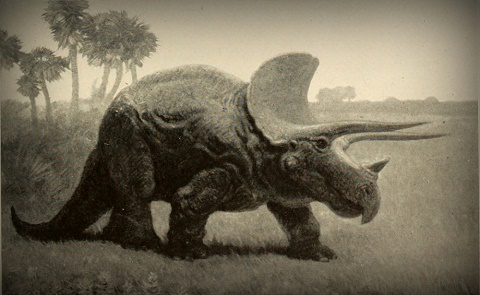Fish Report for 12-1-2016
How to Determine if a Black Bear Has a Cub Nearby?

by Carrie Wilson
12-1-2016
Website
Question: When hunting bears, how can you be certain that the adult you are stalking does not have a cub nearby? And what should be done if after the harvesting of a bear, you determine or find out that it had a cub hidden from sight (like up a tree)? (Dwight H.)
Answer: As you track the bear and do not encounter smaller bear-like tracks in close proximity, it may indicate you are not stalking a family unit but instead an individual adult or sub-adult. If possible, from a distance try to observe the bear with binoculars to further verify that it is not accompanied by cubs.
According to California Department of Fish and Wildlife Bear Program Coordinator Jesse Garcia, black bear young are born around the first of February while the sow is hibernating. The newborn cubs weigh less than a pound at birth and continue developing while suckling. They emerge with the sow from their dens in April or May at around five to seven pounds.
Cubs are dependent on their mother’s milk for 30 weeks (birth through early September), transitioning to solid food after their teeth have erupted, and will reach independence at 16–18 months. Cubs approaching their first birthday will be denning with their mother and learn aspects about hibernating.
Cubs of the year will be dependent upon and remain with their mother throughout the entire bear season while they are less than a year old. Sows with yearlings (one year plus) will have separated by the time the first bear season opens in early August. The percentage of sows with cubs of the year during bear season can change from one year to the next based on various factors.
Keep in mind that all bear harvesting requires immediate reporting. Therefore, the inadvertent take of a sow with a hidden cub would also need to be reported for follow-up enforcement action. If there is any doubt at all, do not take the bear.
Dungeness crab buoy identification with GO ID?
Question: I enjoy sport fishing for crabs and am wondering if I have two buoys on each crab trap, am I required to mark both buoys with my GO ID number? Do you have a recommended method of marking the buoy with the GO ID number? I am assuming this number changes with each year’s new license? If yes, then writing the number on the buoy will look bad after a couple years.
My buddy and I share six traps. Sometimes he takes them on his boat, sometimes I take them on mine, but we don’t always fish together. Do you have any suggestions for whose GO ID number should be on the buoys? Are we required to change the GO ID number depending on who is using the traps, assuming we are not fishing together? (Steve W.)
Answer: Crab traps are required to be marked with a buoy, and “each buoy shall be legibly marked to identify the operator’s GO ID number” (California Code of Regulations Title 14, section 29.80). At least one crab trap buoy must be marked with the operator’s GO ID number. Your GO ID is tied to you and is your individual identifying number for all fishing/hunting license and tag transactions you may make over your lifetime. It remains the same over the years and will not change. The number must be marked in a permanent manner on your buoys. It may be applied via burning, painting, permanent marker, etc. Just make sure the number is legible and will not wear off or become unreadable.
If two fishermen are sharing traps, the buoys should be marked with both GO ID numbers. That way, whichever person is working the traps on a given day has his number on the buoys.
Fishing in isolated ponds
Question: As our creeks dry up, ponds are formed, some of which appear at the road culverts. Is it legal to fish these ponds with a pole, by hand or a dip net? (Jeanne G., Portola)
Answer: In intermittent streams like you describe, what appear to be ponds are actually isolated pools. Although not apparent during the dry season, water may still be flowing out of sight, under the streambed surface. This is often called “intragravel flow.” Because a creek is still a stream and not actually a pond or lake, the stream regulations still apply. Fish can only be taken from these waters under the regulations currently applicable for that stream, including seasons, limits, methods of take, etc. Current California Freshwater Sport Fishing Regulations can be found online or you can pick up a copy of the booklet wherever fishing licenses are sold.
Carrie Wilson is a marine environmental scientist with the California Department of Fish and Wildlife. While she cannot personally answer everyone’s questions, she will select a few to answer each week in this column. Please contact her at CalOutdoors@wildlife.ca.gov.
More Reports
CDFW December 2016 events calendar
San Francisco Bay
11-29-2016
Saturdays — Tundra Swan Tours at District 10, a 23,000-acre expanse of privately owned rice fields and restored habitat in Yuba...... Read More
Using a dinosaur blind for waterfowl hunting?

11-24-2016
Question: I realize this may sound like a really dumb question or a joke, but I’m honestly being serious. Can...... Read More

Website Hosting and Design provided by TECK.net